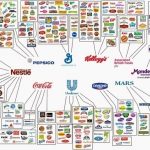How shops Will live on in the Amazon technology
There’s no approach around it—the past yr has been tough for retail. Even the stalwarts have taken a hit: Nordstrom had a bad run on NASDAQ; Macy’s cratered, with its inventory ending 2015 40% down for the yr; and Walmart is shutting down over 250 retailers nationwide. Why a lot unhealthy information, so fast?
smartly, there are a few incidental reasons, comparable to an economy that has people saving instead of spending, and an unseasonably heat this autumn that kept households faraway from seasonal purchases, like a brand new house heater or down jacket. but, it’s also about a bit of company in Seattle known as Amazon, which is frequently eating the world of retail. And when we say consuming, we imply in a single chew; consistent with The Motley idiot, about one of each three product searches starts offevolved at Amazon.
just take into consideration what this implies for other outlets. a 3rd of their potential customers are starting at their opponents’ entrance door, leaving them clamoring for scraps and losing expensive acquisition greenbacks (and margin) to the likes of Google and, more and more, fb. And as Amazon enhances prime, their base of shoppers grows and turns into increasingly loyal.
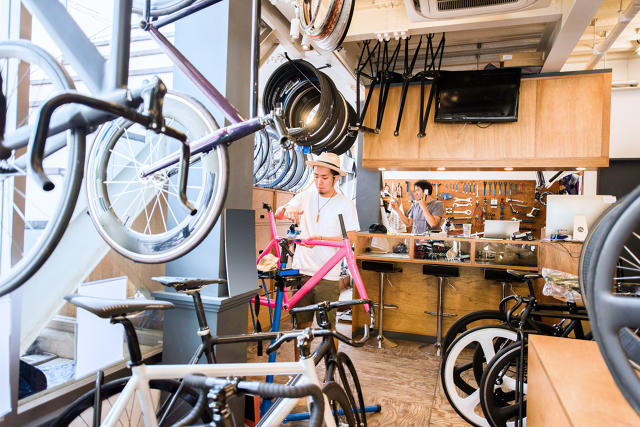
now not For Lack Of trying
It’s no longer as if different shops have been asleep on the wheel. For years, they’ve been investing heavily in on-line, growing their experiences and logistics to compete and be multi-channel leaders. then again, with costly staff and advertising programs, in addition to cloud infrastructure and platform investments, the costs to play are enormous and the revenue projections to cover such investments are commensurate. So while leaders like Nordstrom have seen vital growth in on-line sales, such growth isn’t sufficiently offsetting the stagnancy of in-retailer gross sales.
In these stipulations, what does the longer term hang for outlets massive and small? The tea leaves level to a few main developments.
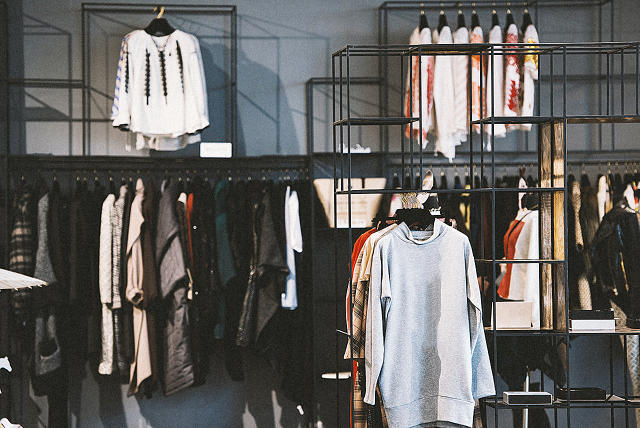
handiest the Fortress Shall continue to exist
pressured to cut back prices and shift extra business online, conventional shops will proceed to shutter doors, leaving a handful of flagship stores in key “fortress” retail hubs like Bellevue square in the Seattle space, South Coast Plaza in Southern California, and Michigan Avenue in Chicago. while a deadly mixture of flagging sales, in addition to real estate and staffing prices are the obvious drivers, there are other factors at play—some macro-financial, some logistic, some model.
altering demographics are a key driver here, as large cities are booming. We’re seeing the reversal of suburban flight and the closing of shops. With fewer places, retailers will have an more straightforward time working effectively, in turn making for better in-retailer experiences with superior level-of-sale capabilities, stronger digital shows, and different innovations. These flagship retailers will turn out to be galleries to market their manufacturers in main metro areas and a way to hook up with native communities—the Apple Genius Bar being one example, Capital One’s new cafe concept every other.
persevered funding will even include enhancement of multi-channel choices like choose-up-at-retailer and return-to-store. These more logistically driven activities will increasingly be monetized because of a powerful combination of personalization and placement-aware messaging. those shirts didn’t work? we’ve another. choosing up a dress? How about these shoes to go with it? Such greater retail experiences will develop into a first-rate manner wherein outlets compete with Amazon, however they’re going to be restricted to those in better markets. energy consumers of means who reside in smaller markets will step up their retail go back and forth, making a couple of retail-driven journeys per year. And combined-use fortress centers that have constructed-in entertainment, dining, and lodging choices, will reap essentially the most reward.
In speaking with Howard McQuaid, Senior vp of Leasing for Kemper construction, procuring middle owners are way over just landlords. they’re increasingly more within the happiness business:
today’s client is looking for so much more than just product achievement. we are in the happiness fulfillment business and try to curate numerous synergistic companies and experiences that mutually enhance the visits through our friends. last 12 months The Bellevue collection drew over 23 million footfalls, many from tons of of miles away. We consider that these environments that may provide the best experience in multiple classes of actual estate dangle a distinct advantage over single use houses. Our consumer comes to us for one cause, say purchasing, and stays for dinner, maybe a movie . . . and from time to time even stays the night time.
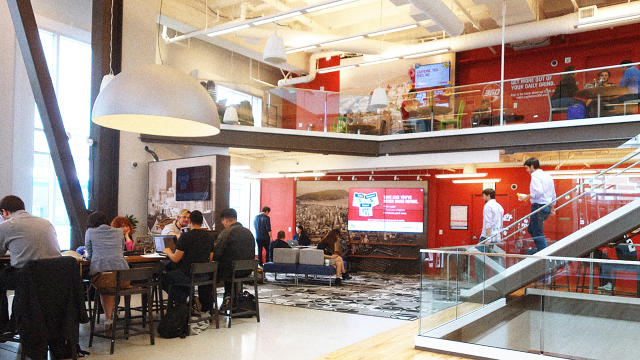
the upward push of provider Design
As these multi-channel dynamics transform commonplace among retailers, the provider design self-discipline will not only develop into commonplace, it’ll elevate its sphere of influence. to not be puzzled with UX design, knowledge structure, and even consumer expertise design as defined today, the service clothier is a hybrid function that bridges the online and offline gap. phase researcher and phase digital strategist, the role of the provider clothier will even make bigger to include aspects of conventional architecture.
With the in-store experience turning into an extension of the digital we can are expecting to look adjustments to store layouts, level-of-sale know-how, way-finding, and more. Such changes won’t occur successfully with out someone who knows the implications of your complete consumer ride from pixels to parking. This function will oversee a team of designers throughout completely different fields and will draw from various disciplines, but can have its taproot in client analysis. Charged with extra than just conversion beneficial properties, they’ll even be guilty to consumer loyalty and model regard.
the important thing to success in line with Chris Risdon, the design director for Capital One Labs, is working out habits:
It isn’t about segments, nor channels, but about behavior. researching, understanding, and designing to give a boost to your clients’ desired habits is the key. They wish to buy, but in addition they want to check out, they need to return, they need to do all of those behaviors across time and spanning totally different touchpoints. the whole lot you do, as a retailer, should be curious about augmenting their want to finish behaviors they already need to do.
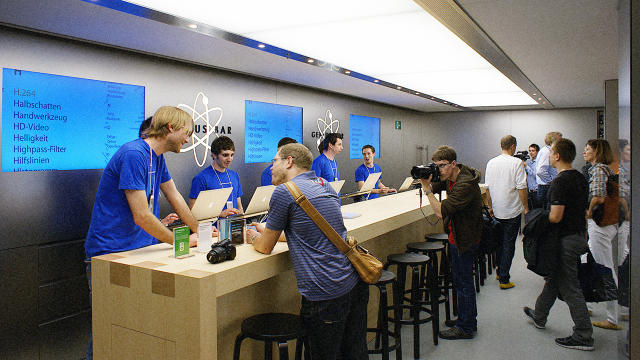
Alliances Will kind
What do you do when dealing with a vastly enhanced competitor? You crew up. just like the related Grocers Cooperatives of the early 1900s, we’ll see informal alliances develop amongst industry which might be like-minded, however no longer competitive. Why? because even retailers with vastly different buyers and merchandise face an identical challenges, and they are going to look for collectively really useful preparations to assist with well-liked challenges similar to:
- sales attribution—how do you measure and attribute sales in a multi-channel and multi-tool world?
- software options—must you construct in-home or outsource? Which companies are absolute best? From CRM and analytics to look technologies and cloud web hosting, there are hundreds of selections to make.
- Logistics—who’s very best to partner in delivery, warehousing, and stock controls? Is it best to work with anyone on 1/3-birthday celebration logistics or construct your own?
in keeping with Nathan Decker, director of e-commerce for Evo, this drawback is especially acute for small to mid-measurement players who lack the scale to amass specialists in all of the required areas:
The breadth of knowledge essential to master e-commerce is awesome. mavens wish to navigate advanced data and computational analysis, have negotiation savvy, be equipped in logistics, information know-how, information and finance. It’s unimaginable for a single particular person to head deep in every area which is why partnerships with complementary companies are so treasured. the place we are lengthy on experience and expertise, we help others and vice versa. studying can accelerate years in a single dialog.
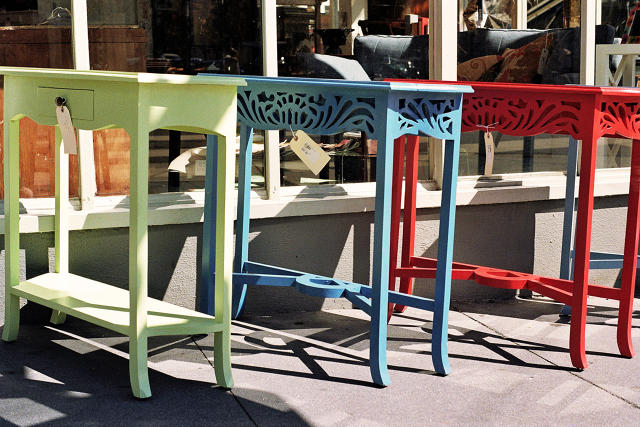
What’s previous Is New. once more.
the future of retail is part of a broader story after all. the first wave of e-commerce drove out the normal retailer, as Seattle companies like Blue Nile and Amazon played a pivotal function in shutting down or severely curtailing many companies, from Barnes & Noble to family jewelers. This 2d wave, oft cited as the “bricks & clicks” edition, confirmed many conventional retailers rushing to catch up; integrating their bodily stores with their new on-line investments. Now, we’re within the thick of the 0.33 wave—”pure-play” etailers who had been born on the web increasing into the bodily world. Blue Nile, Warby Parker, Indochino, and even now Amazon are experimenting to various degrees with retail outlets.
What’s next for the fourth wave? there is little argument that the potential for additional retailer contraction is high. The more difficult questions surround the size on which businesses will compete. One factor is for sure—retailers will want to continue to adapt their playbooks, because Amazon and the modifications it has created are right here to stay.
associated: I Lived With The Amazon dash Button—here’s What I discovered
(33)






